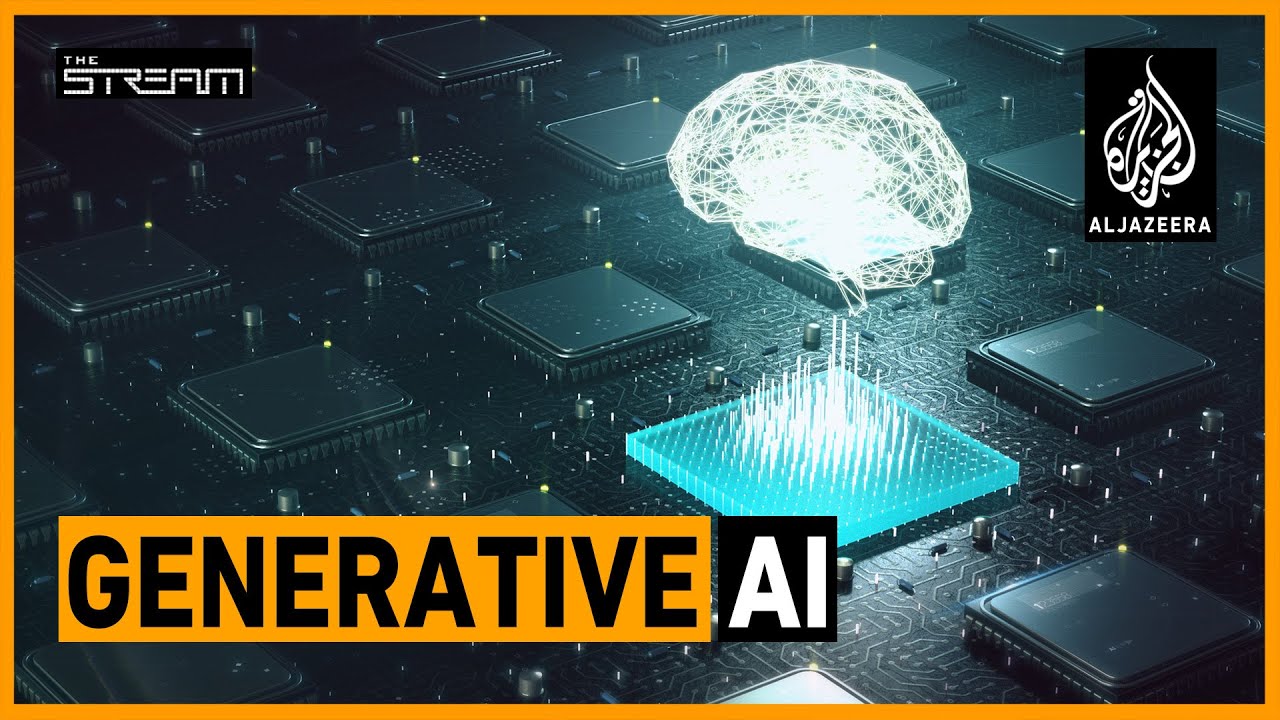The Turing test: Can a computer pass for a human? - Alex Gendler
Summary
TLDRThe script explores the Turing test, a method to measure AI's ability to mimic human conversation. It discusses the test's history, from early programs like ELIZA and PARRY to modern chatbots like Cleverbot. Despite advancements, AI still struggles with complex human language, suggesting that achieving natural conversation may require understanding consciousness and more than just processing power.
Takeaways
- 🤔 Consciousness and the nature of the mind have been profound questions for the future of AI.
- 💭 Alan Turing proposed a simpler question: Can a computer converse like a human?
- 🗣️ The Turing Test was devised as a measure of AI, where a computer must fool a human judge into thinking it's human.
- 📚 Turing predicted that by 2000, machines with 100MB of memory would pass his test, but this was overly optimistic.
- 🏆 The Loebner Prize is an annual competition formalizing the Turing Test with judges aware that some participants are AI.
- 👶 Early AI programs like ELIZA and PARRY used simple scripts to mimic human conversation, highlighting a weakness in the test.
- 🏅 Some chatbots have won competitions by focusing on specific topics or personas, like a 13-year-old boy.
- 🧠 Cleverbot and similar programs analyze vast databases to generate human-like responses, but lack consistency.
- 🚀 Despite AI's advancements in complex tasks, simple human conversation remains challenging due to language's complexity.
- 🧐 Achieving human-like conversation may require addressing deeper questions about consciousness and the nature of the mind.
Q & A
What is the Turing test and who proposed it?
-The Turing test is an idea for measuring artificial intelligence proposed by British computer scientist Alan Turing. It involves a human judge having a text conversation with unseen players to evaluate their responses, and a computer is considered intelligent if its conversation can't be easily distinguished from a human's.
What was Alan Turing's prediction regarding the Turing test by the year 2000?
-Alan Turing predicted that by the year 2000, machines with 100 megabytes of memory would be able to easily pass his Turing test.
What was the first program that claimed some success in the Turing test?
-The first program with some claim to success in the Turing test was called ELIZA. It managed to mislead many people by mimicking a psychologist through a fairly short and simple script.
How did the program PARRY approach the Turing test?
-PARRY took the opposite approach to ELIZA by imitating a paranoid schizophrenic, steering the conversation back to its own preprogrammed obsessions to fool people into thinking it was intelligent.
What is one weakness of the Turing test as highlighted by the success of ELIZA and PARRY?
-One weakness of the Turing test is that humans regularly attribute intelligence to things that are not actually intelligent, as demonstrated by the success of ELIZA and PARRY in fooling people despite their limited intelligence.
What is the Loebner Prize and how does it relate to the Turing test?
-The Loebner Prize is an annual competition that formalizes the Turing test by having judges converse with both humans and machines, knowing that some of their conversation partners are machines.
How did the chatbot Catherine approach the Turing test in 1997?
-Catherine, the 1997 winner of the Loebner Prize, could carry on amazingly focused and intelligent conversation, but mostly if the judge wanted to talk about Bill Clinton.
What strategy did the chatbot Eugene Goostman use to win the Turing test?
-Eugene Goostman, a more recent winner, was given the persona of a 13-year-old Ukrainian boy, which allowed judges to interpret its nonsequiturs and awkward grammar as language and culture barriers.
How does Cleverbot approach conversation and what are its limitations?
-Cleverbot statistically analyzes huge databases of real conversations to determine the best responses and can store memories of previous conversations to improve over time. However, its lack of a consistent personality and inability to deal with brand new topics are its main limitations.
Why do modern computers struggle with basic small talk despite their advanced capabilities?
-Human language is an incredibly complex phenomenon that can't be captured by even the largest dictionary. Chatbots can be baffled by simple pauses or questions with no correct answer, and simulating human conversation requires more than just increasing memory and processing power.
What does the Turing test suggest about the future of artificial intelligence?
-The Turing test suggests that as we get closer to achieving human-like conversational abilities in AI, we may have to address deeper questions about consciousness and the nature of intelligence.
Outlines

Esta sección está disponible solo para usuarios con suscripción. Por favor, mejora tu plan para acceder a esta parte.
Mejorar ahoraMindmap

Esta sección está disponible solo para usuarios con suscripción. Por favor, mejora tu plan para acceder a esta parte.
Mejorar ahoraKeywords

Esta sección está disponible solo para usuarios con suscripción. Por favor, mejora tu plan para acceder a esta parte.
Mejorar ahoraHighlights

Esta sección está disponible solo para usuarios con suscripción. Por favor, mejora tu plan para acceder a esta parte.
Mejorar ahoraTranscripts

Esta sección está disponible solo para usuarios con suscripción. Por favor, mejora tu plan para acceder a esta parte.
Mejorar ahoraVer Más Videos Relacionados

L’intelligenza artificiale ha una coscienza?

What Is the Turing Test? | Explained with Examples & Its Role in AI Development

Will generative AI change how we live? | The Stream

Barbara Gallavotti | Che cosa pensa l'Intelligenza artificiale

Artificial intelligence (AI) – Pros & Cons | gd topic

15x4 - 15 минут про Искусственный Интеллект
5.0 / 5 (0 votes)
